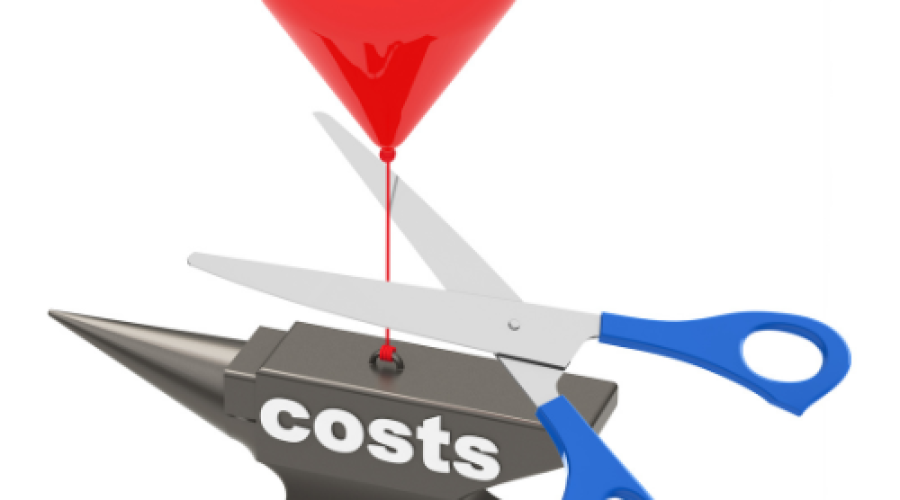Should I Cut More Costs, or Will That Hurt My Business Further?
While it might be tempting to slash expenses to save money, cost-cutting should never come at the expense of quality or customer experience. Reducing the quality of your products or services can lead to customer dissatisfaction, damage your reputation, and ultimately drive away loyal customers. These long-term consequences can outweigh any short-term savings.
Instead of making drastic cuts that could compromise your offerings, consider more strategic ways to manage your expenses. Focus on identifying non-essential costs that won’t impact your core operations. Look for efficiencies or alternatives that maintain your service standards and customer satisfaction. Remember, your customers expect a certain level of quality, and maintaining that is essential for long-term success.

5 Cost-Cutting Ideas That Won’t Take Your Hemet San Jacinto Business Down
By carefully evaluating your budget, you can make informed decisions that preserve the quality of your offerings and the experience your customers have with your brand. In tough times, staying committed to quality can set you apart from competitors who may prioritize cost-cutting over customer satisfaction, ultimately fostering loyalty and supporting your business’s resilience.
Here are five ideas for cutting costs without jeopardizing your brand reputation:
1. Identify Non-Essential Expenses
Review your budget to find areas where you can cut back without impacting your core operations. Start today by listing all your expenses and marking the ones that aren’t directly tied to delivering your products or services—these are your candidates for cuts.
Example
If you’re paying for a premium software subscription with features you don’t use, switch to a lower-tier plan. Or, if you have subscriptions to multiple services, cancel or consolidate them into one cost-effective platform.
2. Renegotiate Contracts
Reach out to suppliers and see if you can negotiate better rates or terms to lower costs. This week, contact your top three suppliers and ask about discounts for bulk orders, early payments, or renegotiation of terms due to your long-term partnership.
Example
If you’ve been using the same supplier for years, you might have leverage to ask for discounts. For instance, if you buy cleaning supplies or packaging materials in bulk, ask the supplier for a volume discount or a more flexible payment plan.
3. Switch to Cost-Effective Options
Look for cheaper alternatives that can give you the same benefits. Take a close look at your current software, suppliers, and services to see if you can find better deals. You might discover that switching to free or low-cost software, like open-source programs, or using local suppliers can save you a lot of money without sacrificing quality.
Example
If you’re currently using a paid project management tool, consider switching to a free option like Trello or Asana. These tools offer many similar features without the monthly fee, allowing you to manage your projects effectively while keeping costs down.
4. Monitor Staff Levels
Before resorting to staff cuts, consider adjusting hours or responsibilities to maintain morale and productivity. Offering flexible hours can help reduce payroll without sacrificing manpower. Have conversations with your team to discuss temporary adjustments instead of layoffs.
Example
Instead of running paid ads in local newspapers or on the radio, focus on organic social media content and collaborate with local influencers for promotions. Running a free contest or giveaway on platforms like Instagram can also generate engagement without upfront costs.
5. Examine Your Marketing Budget
Look for low-cost marketing alternatives that can still yield results, such as social media marketing, which often provides a higher return on investment than traditional advertising methods. Redirect some of your current ad spend to free or low-cost channels like social media, email marketing, or community-based promotions.
Example
Instead of spending a large budget on print advertising in local newspapers, consider using social media platforms like Facebook or Instagram to promote your business. Create engaging posts or run targeted ads that reach your local audience at a fraction of the cost. Additionally, leverage email marketing to send updates and promotions directly to your customers, keeping your marketing expenses low.
Don’t forget to add your business listing to your local directory provider, Valley Local Pages, to increase your visibility and attract new customers.
Case Study: A Retailer That Prioritized Customer Experience
During a recent economic downturn, a small clothing boutique faced a difficult decision: cut costs across the board or double down on what made them unique—their personalized shopping experience. Rather than lay off staff or reduce store hours, they chose to offer virtual styling appointments and curbside pickup, making it easier for customers to shop safely. These small adjustments kept customers loyal, and as the market improved, the boutique was able to bounce back faster than many of its competitors who focused solely on cost-cutting.
The lesson? Don’t sacrifice what makes your business special. While it’s important to be mindful of spending, cutting corners on customer experience can do more harm than good. Instead, find ways to optimize your processes and trim expenses without compromising the aspects of your business that keep your customers coming back.



